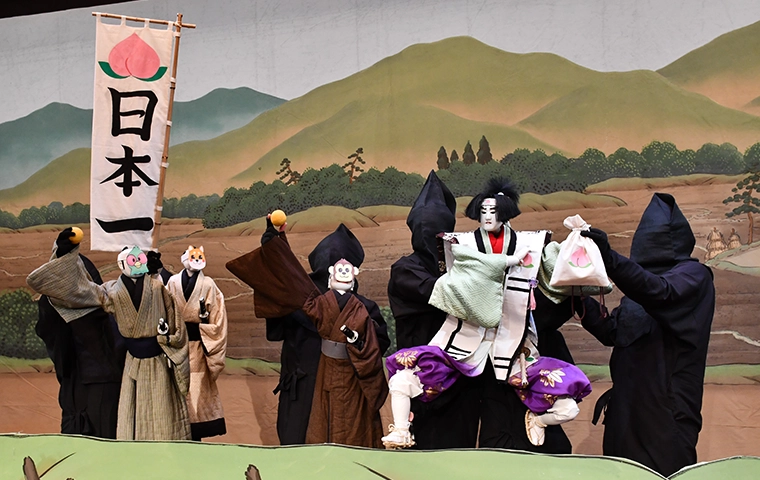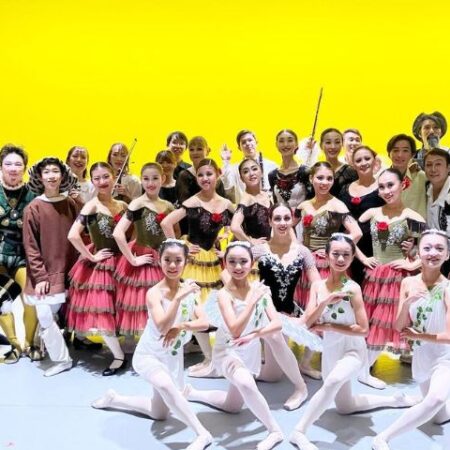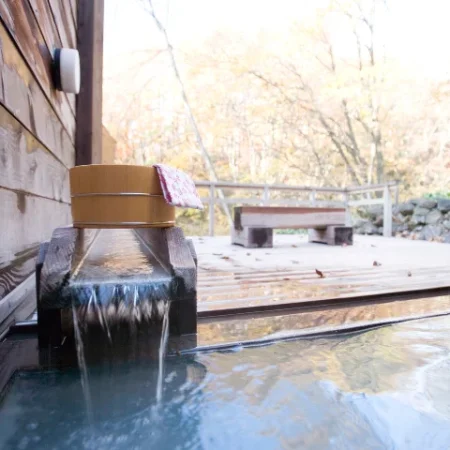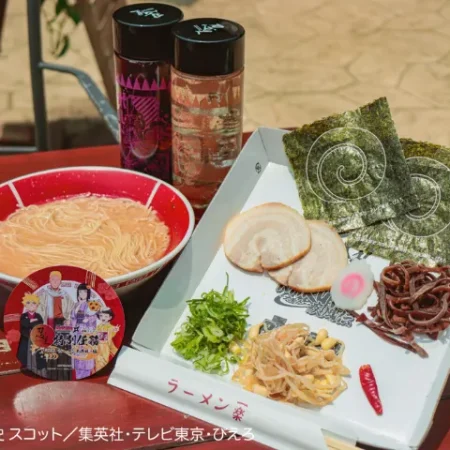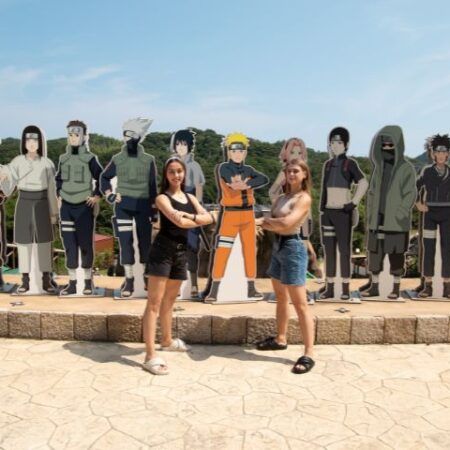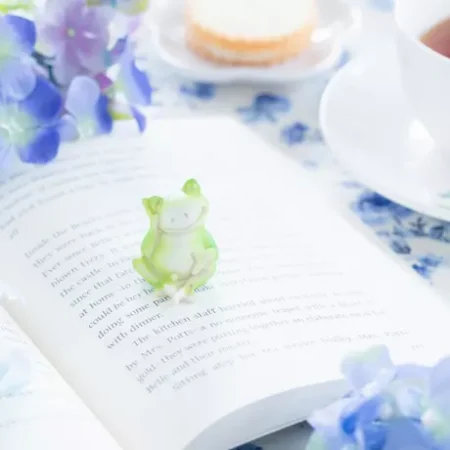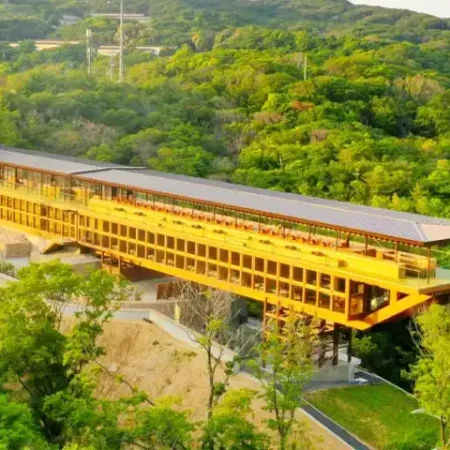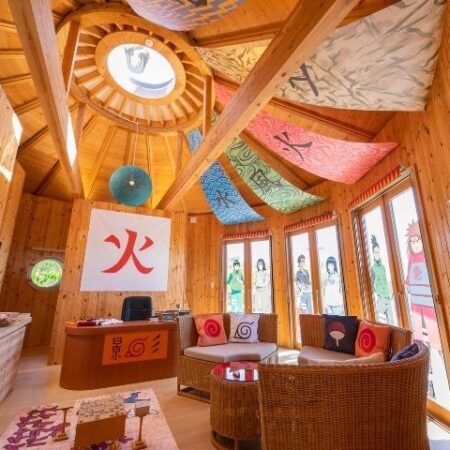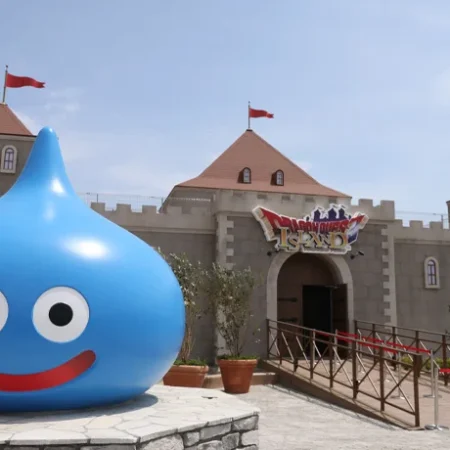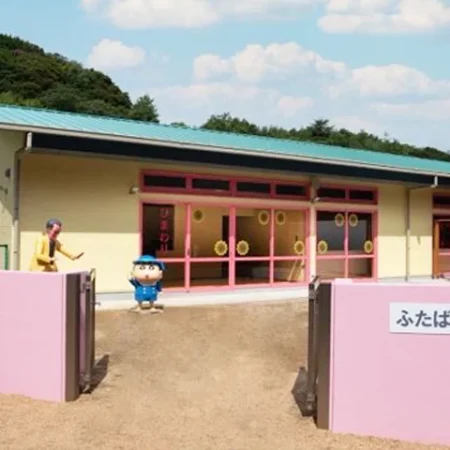Japan’s charm lies in its modernity, deep-rooted traditional culture, and rich history. Among its many cultural treasures is a puppet theater, a cherished art form that has captivated audiences for centuries. While various types of puppet theater exist, one particularly esteemed example is the Ningyo Jōruri puppet theater on Awaji Island. Though perhaps not as widely recognized as some other art forms, it holds a special place in Japan’s cultural landscape as one of the most valuable traditions.
In this article, we will explore the art of puppet theater and Ningyo Jōruri on Awaji Island.
Table of Contents
Puppet Theaters in Japan Unique
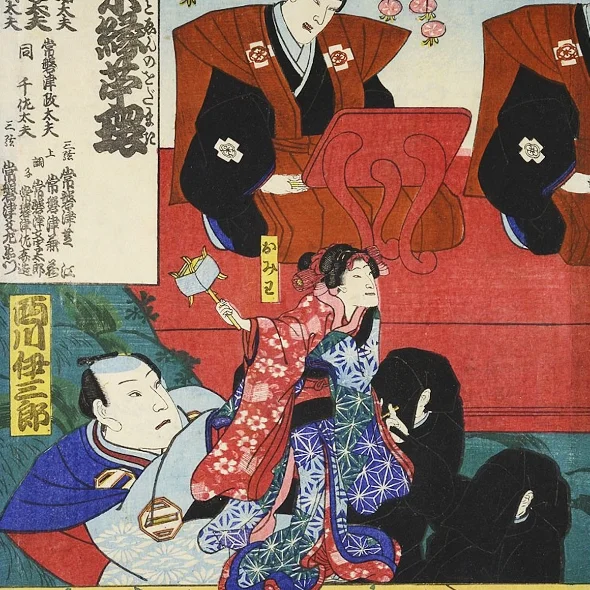
A puppet theater in Japan, formally known as “ningyo jōruri bunraku” but “bunraku” in short, or originally referred to as “ningyo jōruri” is a traditional performing art that combines puppetry, music, and storytelling. Originating in the 17th century, it typically features intricately crafted puppets operated by puppeteers who remain visible on stage, accompanied by musicians and a narrator.
Japan’s commitment to puppet theater is exceptional, evident in the meticulous puppet design, skilled manipulation, and captivating performances. The puppets, crafted with lifelike clothing and expressions, come to life under the expert hands of puppeteers. These performances are renowned for their emotional depth, intricate storytelling, and use of traditional instruments, the shamisen.
The combination of the collaborative nature of the art form, with puppeteers, musicians, and narrators results in a visually stunning and emotionally resonant form, making Japanese puppet theaters a truly unique and cherished cultural tradition.
Awaji Ningyo Joruri on Awaji Island
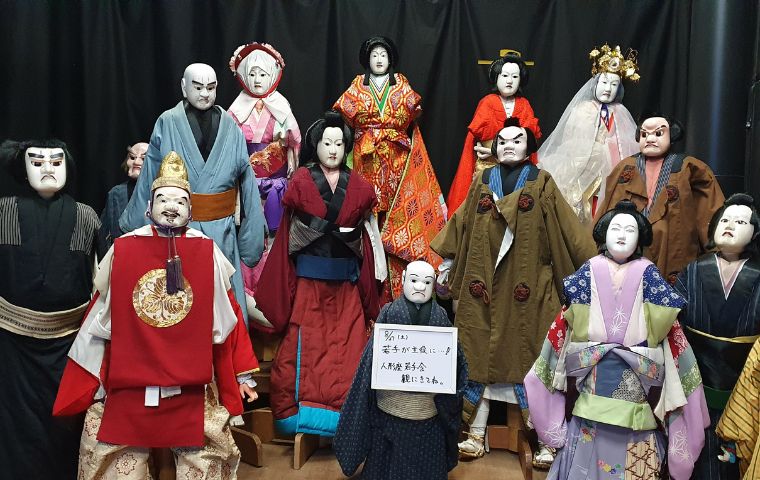
Awaji Island adds a small unique twist to the traditional puppet theater with its Awaji Ningyo Jōruri tradition. Dating back to at least 1643, what sets it apart is its distinctive puppetry style, accompanied by a collection of stories and plays unique to Awaji Island, making this art form exceptionally rare and precious.
As Awaji Island is considered the birthplace of Japan according to the history records Kojiki, the stories told often relate to the country’s origins, adding significant value to the narratives shared through this tradition. The troupe has a diverse repertoire of plays, captivating audiences with fresh stories each month.
Before the play begins, guests have the opportunity to join the backstage tour, where troupe members offer insight into the puppet theater. They demonstrate the meticulous craftsmanship behind each puppet and explain the intricacies of puppet manipulation. Additionally, visitors gain firsthand knowledge of the carefully balanced system of ropes and weights used to maneuver the painted screens that serve as backdrops.

During a performance, three types of performers take the stage: the tayū (narrator), the hiki (shamisen player), and the tsukai (puppeteers). The tayū narrates the story and voices the characters, while the hiki‘s music sets the atmosphere. Meanwhile, the tsukai manipulate the puppets, with each puppet requiring the coordination of three skilled puppeteers.
Working in perfect harmony, one controls the head and right arm, another the left arm, and a third the legs and feet. Witnessing the puppeteers’ seamless coordination brings the wooden puppets to life in a truly extraordinary display of skill and artistry.
Revival of the Disappearing Art of Puppetry

In recent years, there has been concern about the popularity decline of puppet theater, attributed to waning interest among the younger generation. However, its enduring value continues to hold a strong appeal, particularly for foreigners intrigued by Japan’s rich history.
Awaji Island’s Ningyo Jōruri tradition, which focuses on the creation story of Japan, is of particular interest. With an increase of foreign visitors expected on Awaji Island post-pandemic, there’s more opportunity to promote this beautiful art form to a wider audience, ensuring its preservation for generations to come.

Awaji Puppet Theater(Awaji Ningyoza)
Awaji Ningyouza (Awaji Puppet Theater)
Admission fee: Adult 1,800 yen (some performances include a backstage tour and some not)
Address: 1528-1 Fukurako, Minami Awaji City, Hyogo Prefecture, Japan 656-0501
Open: 9:00 am to 5:00 pm
Closed: Every Wednesday
Website: https://awajiningyoza.com/en/top/
Phone Number: 0799-52-0260
For those who would like to learn more about Awaji Puppet Theater, please check out the following.
Awaji Ningyo Joruri Museum
Admission fee: Free
Address: 880 Sanjo, Minami Awaji City, Awaji, Hyogo Prefecture, Japan, 656-0475
2nd Floor of the Central Community Center Library
Business Hours: 10:00 am to 5:00 pm
Closed: Every Monday (Open on public holidays), the day after public holidays, year-end and New Year holidays
Website: https://awajiningyoza.com/en/museum/
Phone Number: 0799-42-5115



